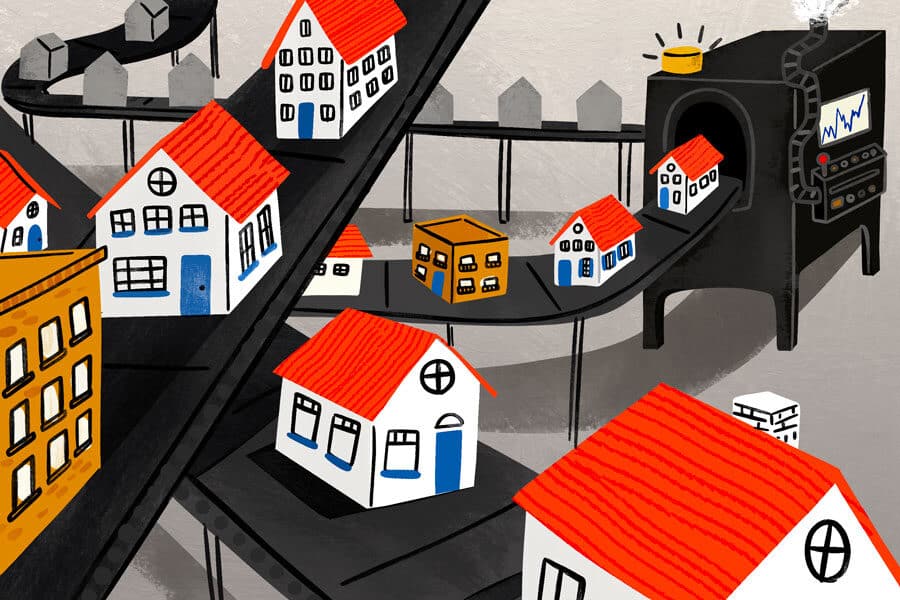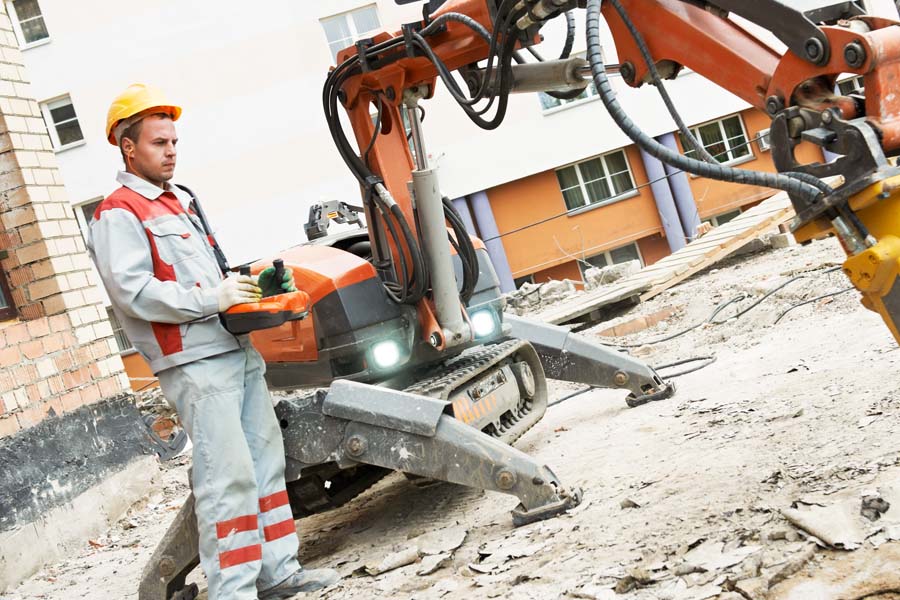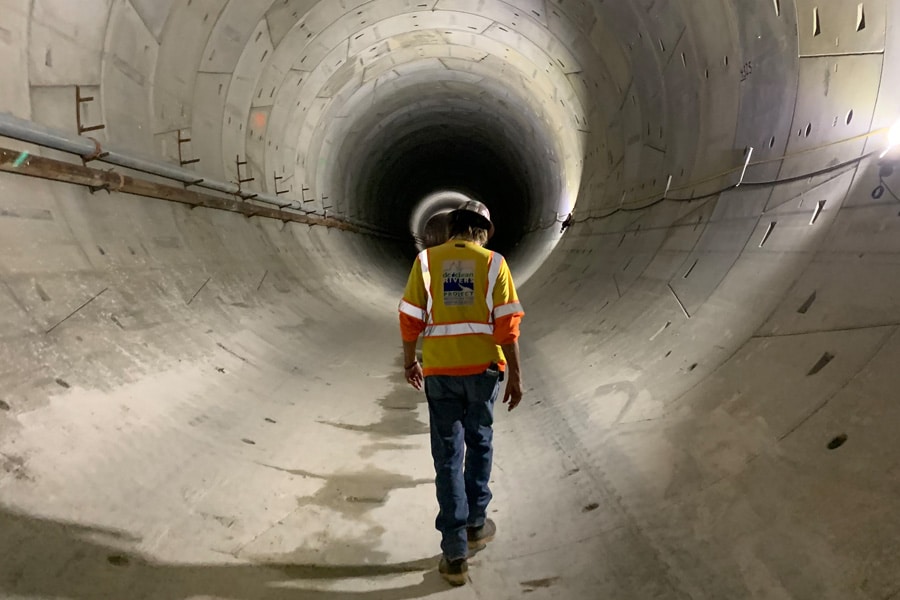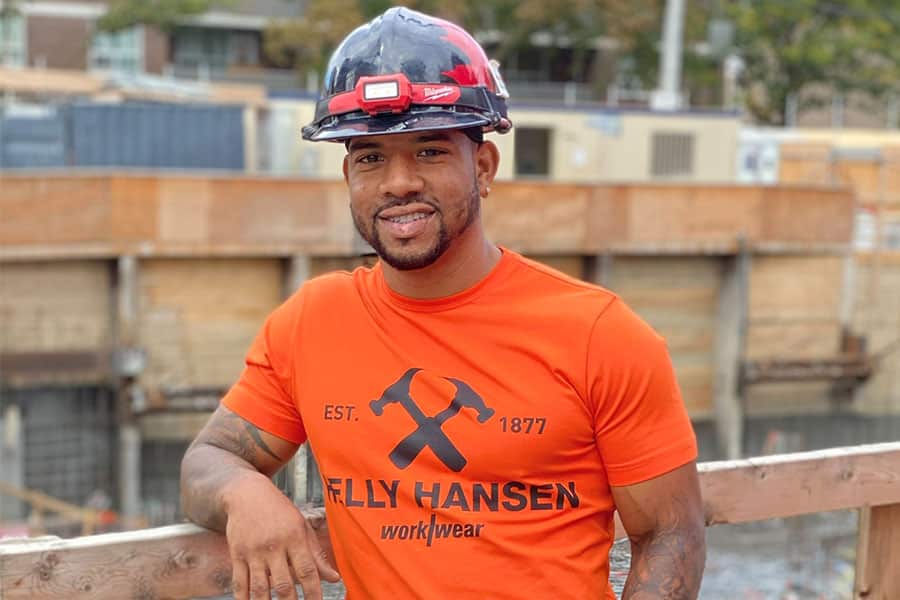Illustration by Lindsay Gruetzmacher
In September 2021, Forbes magazine summed up a critical situation in the United States with this headline: “There Is No Easy Fix for the Affordable Housing Crisis.”
By affordable, the business publication is referencing the guideline that housing costs run less than 30% of a household’s total income. At present, however, that’s not the case for almost half of the 43 million U.S. households that rent. The National Low Income Housing Coalition estimates that 6.8 million units are needed for very low-income households.
“There’s a shortage of affordable housing, but the rents aren’t rising as quickly as the cost of construction,” said Jonathan Delcambre, managing partner and senior design lead at BKV Group’s Dallas practice site. BKV is a holistic design firm that provides architecture, engineering, interior design, landscape architecture and construction administration.
To be truly affordable, housing must also be designed and built to last—in other words, sustainable.
Green building refers to “creating structures and using processes that are environmentally responsible and resource-efficient throughout a building’s lifecycle,” according to the U.S. Environmental Protection Agency. Once built, residences should offer easy access to transportation, jobs and schools, and maximize health and environmental benefits, according to the U.S. Office of Sustainable Housing and Communities.
Even when the price of sustainable housing outstrips traditional buildings, the benefits will pay off over several years in lower maintenance costs and greater energy efficiency, the thinking goes.
Construction conundrum
The two primary obstacles to sustainable construction are materials and costs. Like most other construction materials, sustainable products are in short supply these days. And whether or not sustainability is a focus, a structure will cost more to build than it did before the COVID-19 pandemic.
“A few factors drive the cost premiums for sustainable design: lack of available high-performance building products, competition to secure the products that are available and inaccurate cost estimations and premium charges if a contractor is unfamiliar with the products and systems,” said Avery Gray, senior project manager at Bright Power, a New York-based real estate energy management solutions provider.
“Even quoting the cost for a project like a 15-story residential building has become daunting,” Delcambre said. “It’s impossible to quote because the cost of materials is constantly changing.”
“We’re busier now than we’ve ever been, but it’s scary because we don’t know which projects will go forward,” he added. “The developers don’t know if they’ll pencil out.” To keep construction as cost-effective as possible, BKV adopted an alternative to high-cost lumber and wood framing for its residential projects.
Repurposing materials and methods
After joining BKV Group in 2018, Delcambre built the company’s practice site in Texas to support affordable residential projects. His goal was to transplant design and construction methods used in Minnesota and other northern states that allow housing with more density at lower cost. BKV started with the Modera Katy Trail, a 14-story multi-family tower with 216 apartment homes in Dallas’ Uptown neighborhood.
“Modera Katy Trail shows you can do high-density housing in a way that works for the developer and the rents,” Delcambre said. The method hinges on using light gauge steel, which offers benefits for both affordability and sustainability.
Light gauge steel contains a high amount of recycled content and is in turn highly recyclable. It’s also inert and non-organic. These features can contribute to Leadership in Energy & Environmental Design (LEED) certification. Light gauge steel provides exceptional heat and cooling protection and solid energy performance, resulting in tighter envelopes and less air loss. The U.S. Green Building Council recognizes the stability and durability of this cold-formed steel, which leads to decreased maintenance costs and extended building life. And by prefabricating components, builders can minimize on-site waste and quickly install framing even with fewer workers.
Still, the largest hurdle may occur well before construction begins—convincing general contractors to switch from concrete or wood framing and to use prefabricated materials in construction.
Fresh approaches
“Changing the mindset of general contractors who have an established method for constructing buildings can be difficult to do,” Delcambre said. “In the South, multi-family buildings have traditionally been constructed of concrete thanks to cheap labor. But with the shortage and rising cost of labor as well, buildings partially prefabricated in a controlled environment are beginning to look more attractive.”
That said, costs for a project being built in San Antonio that’s similar to Modera Katy Trail are coming in 20% to 30% higher. That increase may call for a new approach to housing itself. For example, BKV recently designed a co-living building in Salt Lake City. Here, residents share public spaces, fitness facilities, lounges and co-working areas. The building also makes transportation more eco-friendly, with access to nearby trails, bicycle storage and plug-ins for electric vehicles.
Again, light gauge steel will feature heavily. “With it, we can think outside the box and be more creative and smarter about how we design and construct,” Delcambre said.
Long-term vision
“As more developers build to higher standards, manufacturers will come up with building products that meet their needs competitively,” Gray said.
Light gauge steel provides an excellent example of a product that helps do just that. But using materials like light gauge steel or mass timber in construction depends on staying open to possibilities and taking advantage of new opportunities. General contractors that find ways to build affordably and sustainably will help lower building costs and position themselves for a transformation in the industry.
















